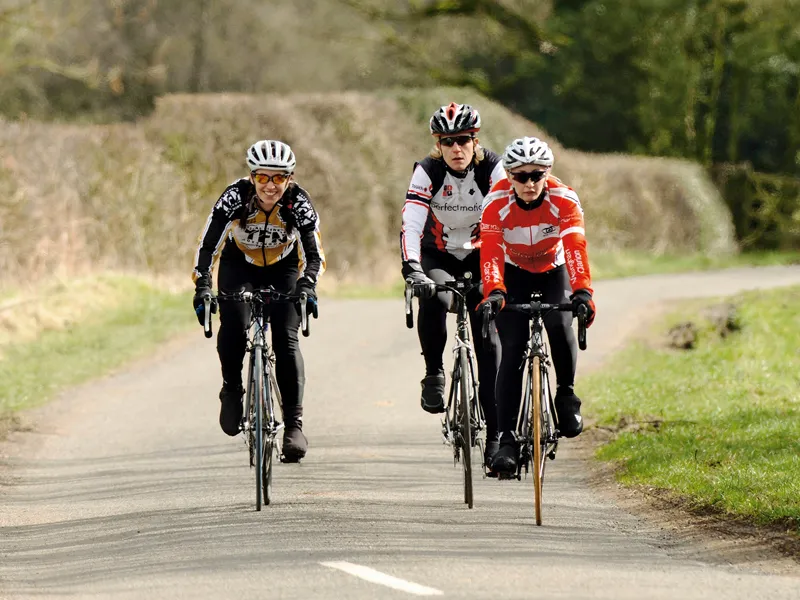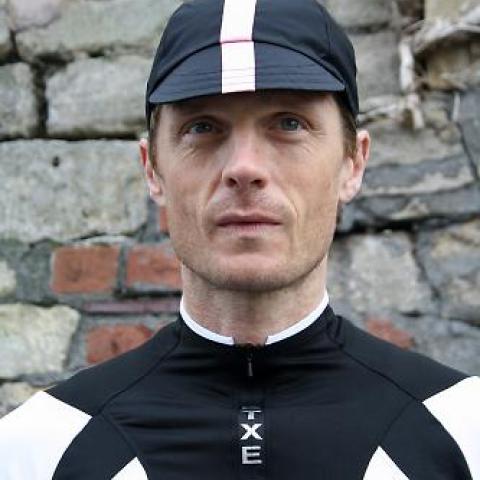The Cycling Plus Sportive supported by Pacific Outdoor Equipment in association with the Geoff Thomas Foundation at BikeRadar Live is just around the corner, you’ve built up your fitness, and it’s time to reap the rewards of all that hard work you’ve put in. You need to finalise your training and make sure you arrive at the start line at Donington Park in peak condition and ready to rock.
In the final four weeks, there’s a limit to the amount you can do to improve your fitness. Yes, you can certainly continue to make gains during this period, but you can’t make up for lost time.
If you’ve missed sessions over the past few weeks – and you’re sure to have missed some – don’t panic or try to compensate by training like a nutter now; you’ll do more harm than good. You need to get to the start feeling primed and ready to go, not knackered and ready to drop. What you do in the lead-up to your event, particularly the last week, is crucial.
Our programmes taper down towards the end and it’s vital that you don’t go beyond the reduced workload – you need to get plenty of rest and that can be a challenge, particularly if you’re a highly-motivated, up-and-at-’em type.
Rein in that enthusiasm and save it for the big day, and don’t be afraid to miss a session entirely if you’re still aching from the previous one: if in doubt, leave it out.
But don’t go to the other extreme of doing no riding either, because you can become stale and lose fitness. Do enough to stay sharp and to get your speed and power to peak, but not so much that you’re still in recovery mode as you roll up to the start.
Pace your ride right
Your pacing is crucial but it’s also extremely difficult to get right. The biggest challenge is usually to climb at an intensity that won’t blow your legs and have you crawling home or, worse, not finishing at all. This comes with experience but if you’ve done your training by heart rate (HR) or power you’ll have a good idea of what you can sustain for long periods, and if you’ve done a build-up event or two you’ll be even better equipped.
If you really have no idea how hard you should be working, don’t go above 85 per cent of your maximum heart rate on even the steepest hills or you’ll dip into your glycogen stores way too deeply. You may have carbo-loaded, tricked out your bike with carbon trinkets and stocked up on willpower, but you’ll still crash and burn before the finish line if you push things hard early in your ride.
So, use flat sections to work with other riders (see Group riding below) and save the energy that you’ll need for the hills or for the effort in the last 30-60 minutes. You don’t want to be going flat-out trying to hang onto a group of fast riders and run the risk of having nothing left when you hit the climbs. It’s all too easy to do get caught up in this game of Russian roulette when the excitement of the occasion takes hold.
Instead, if you find yourself riding at a heart rate you’ve never sustained in training, wrestle your ego aside, break away from the group and drop to one that feels right – where you can ride at an intensity you can stick to.
If you remember nothing else about pacing and fuelling, keep this in mind: you have limited glycogen stores and you can never eat enough to make up for going too hard too soon. Pace yourself, feed regularly and most of all enjoy your ride.
Group riding
We've suggested that you work on your group riding skills regularly throughout your training, but if you've not been able to so far, really make the effort in the final weeks before your event. Apart from saving you a whole load of energy and getting you to the finish line quicker, the ability to ride confidently in a bunch makes you a lot safer among other cyclists. Keep these rules in mind during your sportive...
- Stay smooth: Keep your speed and cadence as consistent as possible when there are others riding close, and avoid jerky acceleration and braking.
- Look ahead: Keep your eyes on the road to anticipate what's coming up. Know what the riders around you are doing, but don't focus solely on them.
- Talk and indicate: Let the riders around you know what hazards are coming up and what you intend to do. Don't expect riders behind you to see the parked pars ahead or to sense that you're about to pull out – you need to let them know.
- Do your bit: If you're drafting other people, you have to expect to do your stint at the front too or you'll become really unpopular very quickly.
Training plans (click to enlarge)
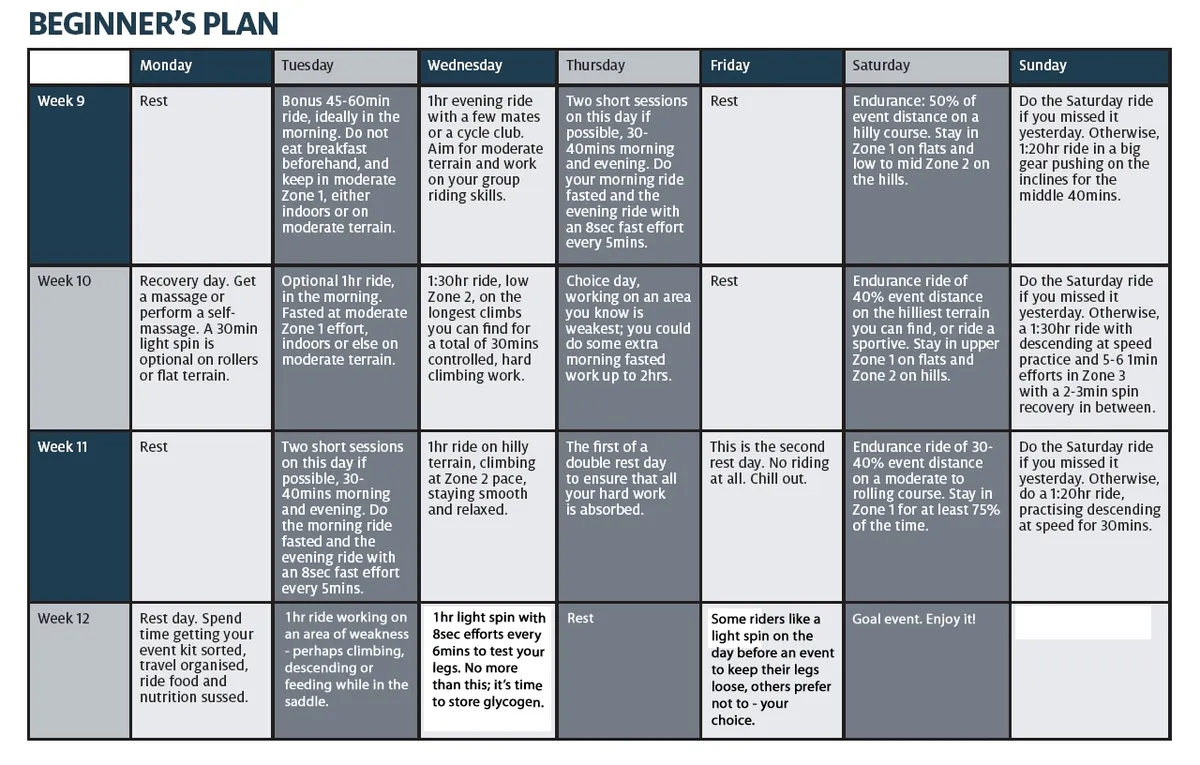
Beginner's plan:
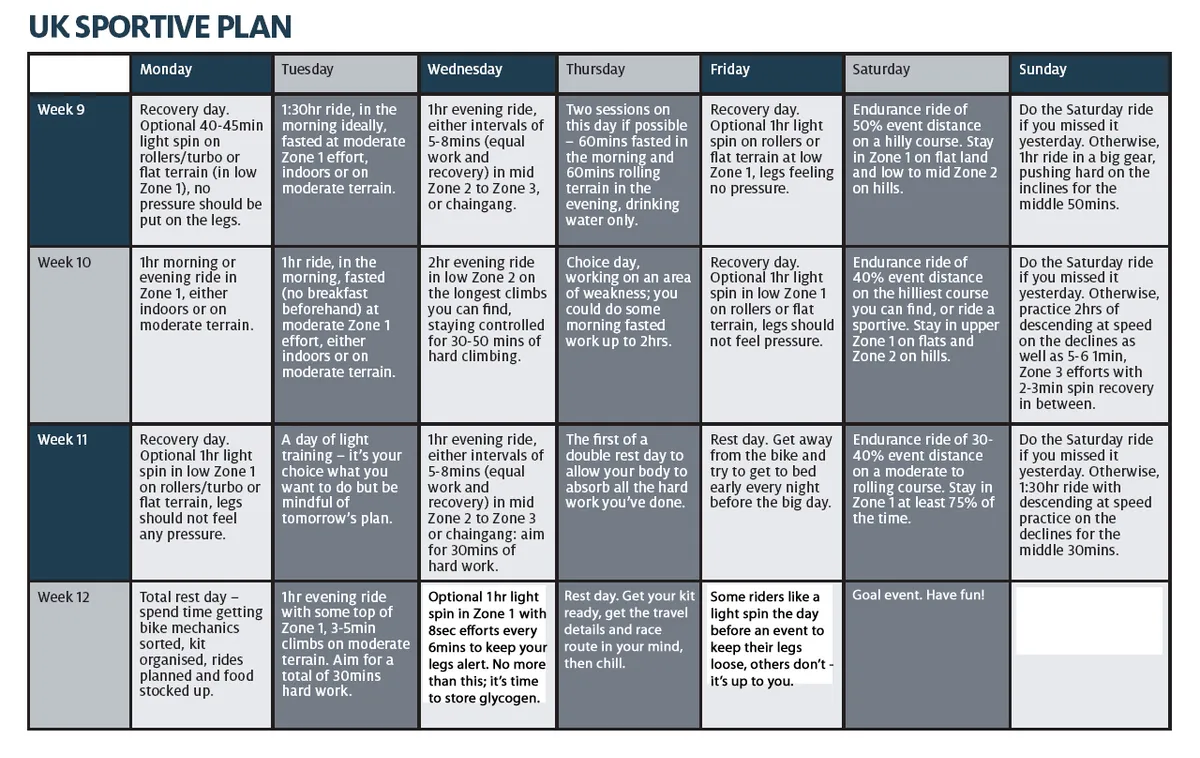
UK sportive plan: uk sportive plan
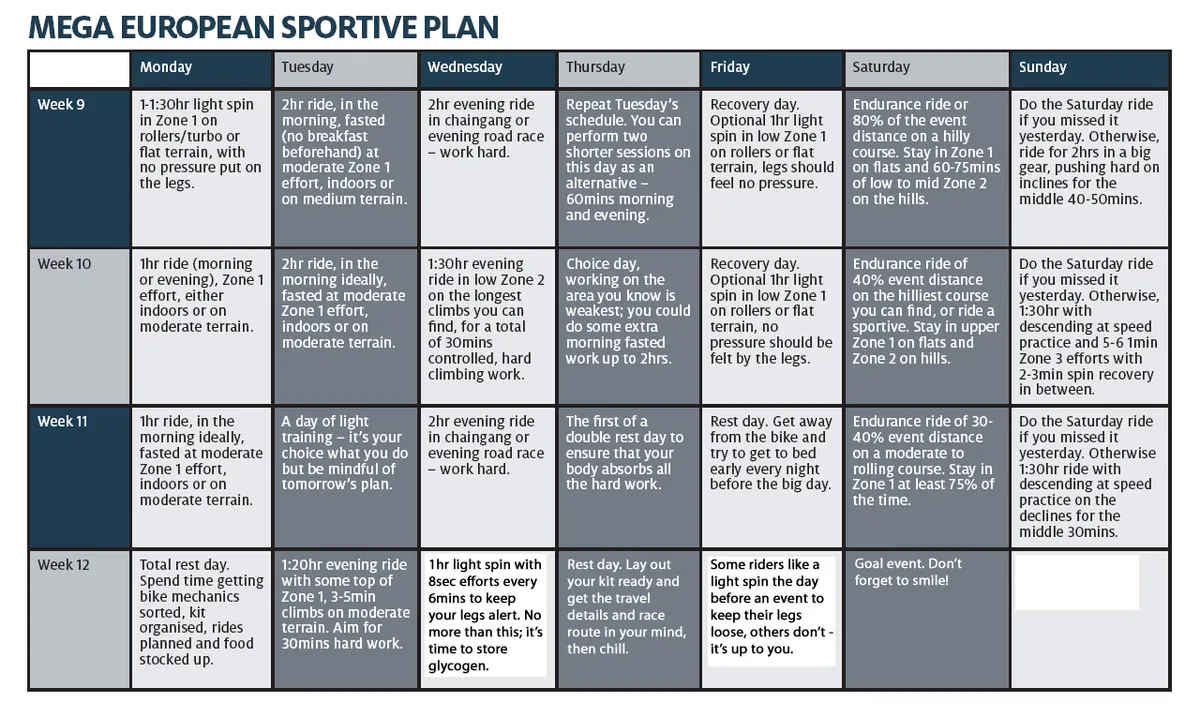
Mega european sportive plan: mega european sportive plan
Using our training plans
We’re using just three zones of training intensity in our programmes. You can make sure you’re exercising at the right level either by using a heart rate monitor (HRM) or according to perceived exertion – how hard you feel you’re working.
If you use an HRM, our zones are based on your maximum heart rate (HRmax). Subtracting your age from 220 will give you a theoretical HRmax, but it can be inaccurate – sometimes wildly out.
- Zone 1: 60-80 percent HRmax (60-75 percent if you are getting back to fitness or lack stamina). This is light to moderate effort; breathing and conversation is easy. As a gauge of this effort level you’ll be able to breathe through your nose comfortably.
- Zone 2: 80-89 percent HRmax (75-85 percent if you are getting back to fitness or lack stamina). Moderate to hard effort, though it is controlled and you are not about to blow up. However, it’s above average sportive pace (most likely your climbing pace at the lower end, at the top end of this zone you can only survive for 60-90 minutes).
- Zone 3: Around 90 percent HRmax and above (85 percent and above when lacking fitness). Breathing is laboured and lactate makes your muscles feel as though they’re burning. Stay out of this hard zone in long events, as it uses way too many carbs and is only good for short intervals or races in training up to a sportive.
